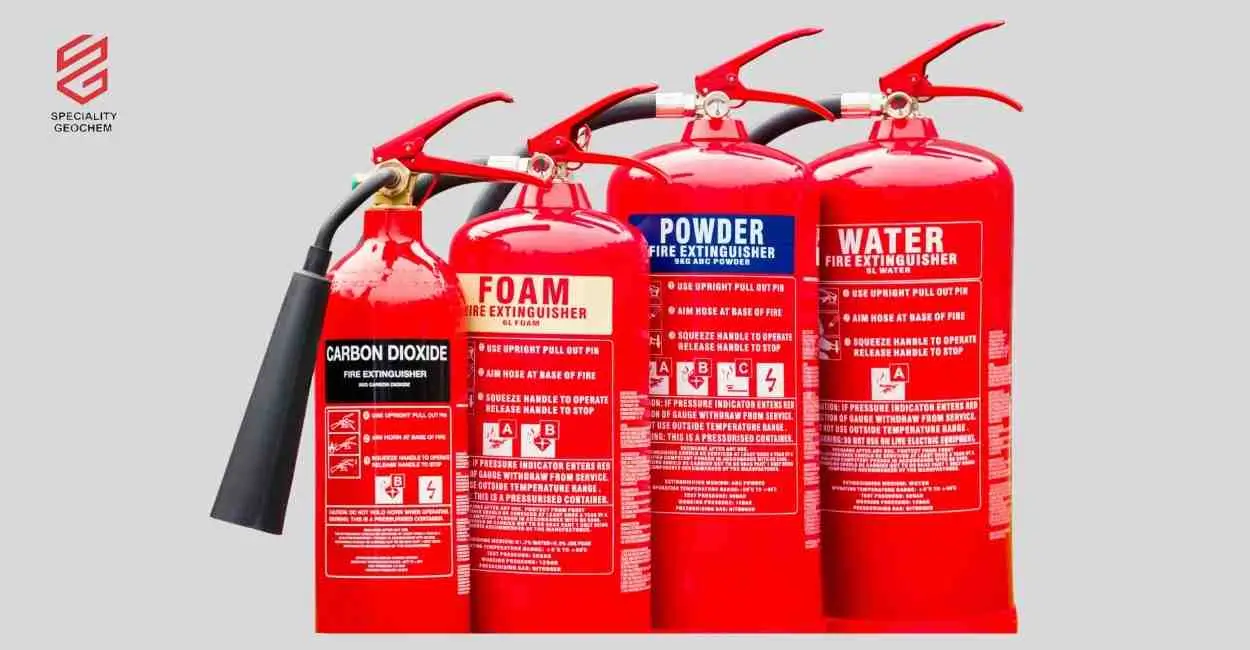In any fire emergency, the first line of defense is often a fire extinguisher cylinder—a simple yet powerful tool that can prevent major destruction, injuries, or even loss of life. Whether in commercial buildings, residential homes, factories, or vehicles, the presence and readiness of a fire extinguisher cylinder can be the difference between control and chaos.
Despite its familiar appearance, not everyone knows how to use it properly, what types exist, and why it’s essential to choose the right model. This article dives deep into everything you need to know about fire extinguisher cylinders, especially in the context of fire safety awareness, industrial applications, and emergency preparedness in India.
How Do I Use a Fire Extinguisher Cylinder?
Step-by-Step Usage of Fire Extinguisher Cylinder
Using a extinguisher cylinder for fire effectively can stop a small fire from escalating into a disaster. A widely recognized approach for operating a fire extinguisher cylinder is the easy-to-remember PASS method:
- Detach the locking pin to disengage the control lever, allowing the extinguisher to function when pressed.
- Direct the nozzle or hose toward the bottom of the flames, where the fire source is concentrated.
- Squeeze the lever – This releases the extinguishing agent.
- Gently move the nozzle in a side-to-side motion across the fire’s base until the flames are fully extinguished.
Note: Always ensure you’re using the correct type of fire extinguisher for the specific class of fire (A, B, C, D, or K).
Why Choose a Fire Extinguisher Cylinder?
Reliability, Certification, and Performance Matter
Choosing a fire extinguisher cylinder isn’t just about ticking off a safety checklist—it’s about ensuring protection. Here’s why you should invest in quality cylinders:
- ✅ Certified Equipment: High-quality cylinders come with ISI, BIS, CE, or ISO certifications ensuring international safety standards.
- ✅ Instant Operation: Engineered for quick activation and discharge, reducing response time in emergencies.
- ✅ Versatility: Available for all fire types—electrical, liquid, solid, oil, and gas.
- ✅ Durability: Built with stainless steel or carbon steel for maximum strength and corrosion resistance.
- ✅ Simple upkeep: Designed for hassle-free inspection, routine refilling, and regular performance checks.
India’s increasing focus on fire safety in industries, housing societies, and schools has made it necessary to choose only trusted fire extinguisher cylinder manufacturers.
What Types of Work Do Fire Extinguisher Cylinders Perform?
Categorization Based on Fire Class and Extinguishing Agent
Fire extinguisher cylinders are tailored to handle different kinds of fire threats. Here’s a quick classification:
Water-Based Cylinders (Class A Fires)
Used for common combustibles like paper, wood, or cloth.
Foam Extinguishers (Class A and B Fires)
Best for flammable liquids like petrol, diesel, and paint.
Dry Chemical Powder (DCP) (Class A, B, and C Fires)
Multi-purpose extinguishers for solids, liquids, and gases.
CO₂ Extinguishers (Class B and Electrical Fires)
Ideal for electrical panels, server rooms, and machinery.
Wet Chemical (Class K Fires)
Specialized for kitchens where cooking oil and fats may ignite.
Each fire extinguisher cylinder is color-coded and labelled for quick identification. Industries must deploy a mix based on risk analysis and fire audit reports.
Advantages of Fire Extinguisher Cylinders
More Than Just Safety Compliance
The benefits of fire extinguisher cylinders go beyond just having one in place. Here’s what they bring:
- Rapid Response: Helps control fire before it spreads.
- Cost Saving: Prevents extensive damage to property and equipment.
- Life Protection: First aid for fire before firefighters arrive.
- Regulatory Compliance: Meets legal safety requirements in India.
- Peace of Mind: Knowing that you have the right equipment in place during emergencies.
Many insurance providers also offer premium discounts to businesses equipped with certified fire extinguisher cylinders.
India’s Push for Fire Safety and Extinguisher Usage
Rising Awareness and Government Mandates
With an increase in urban development, India’s fire safety norms have tightened. The Bureau of Indian Standards (BIS) and Fire and Emergency Services Department advise mandatory fire extinguisher cylinder installation in:
- High-rise residential apartments
- Schools and colleges
- Hospitals and nursing homes
- Warehouses and chemical plants
- Commercial offices and IT parks
Annual maintenance contracts (AMC) are also recommended to keep these cylinders fully operational and refilled at all times.
Innovation and Manufacturing of Extinguisher Cylinders for fire in India
Indian manufacturers like Speciality Geochem are now producing reliable and affordable fire extinguisher cylinders under stringent quality checks. Many now also offer:
- Automatic fire detection systems
- Modular ceiling-mounted extinguishers
- Non-pressurized fire extinguisher balls
These innovations are especially suited for Indian conditions where heat, electrical faults, and cooking gas leaks are common fire triggers.
Fire Extinguisher Cylinder – FAQs
Q. What is the lifespan of a extinguisher cylinder for fire?
A fire extinguisher cylinder typically lasts between 5 to 15 years, depending on the type and how well it’s maintained. Annual inspections and periodic hydrostatic testing are crucial.
Q. Can a fire extinguisher cylinder be refilled?
Yes. Most fire extinguisher cylinders are refillable and can be recharged by certified fire safety professionals.
Q. What is the cost of a extinguisher cylinder for fire in India?
The price depends on size, type, and brand. Basic cylinders start from ₹1,500 and can go up to ₹8,000 or more for CO₂ and foam types.
Q. Is it mandatory to have a fire extinguisher in Indian offices?
Yes. According to the National Building Code of India and Factories Act, fire extinguishers are legally required in workplaces and public buildings.
Q. How do I know if my extinguisher cylinder for fire is still active?
Check the pressure gauge (in stored-pressure models), inspection tag, and expiry date. If in doubt, get a professional inspection.

